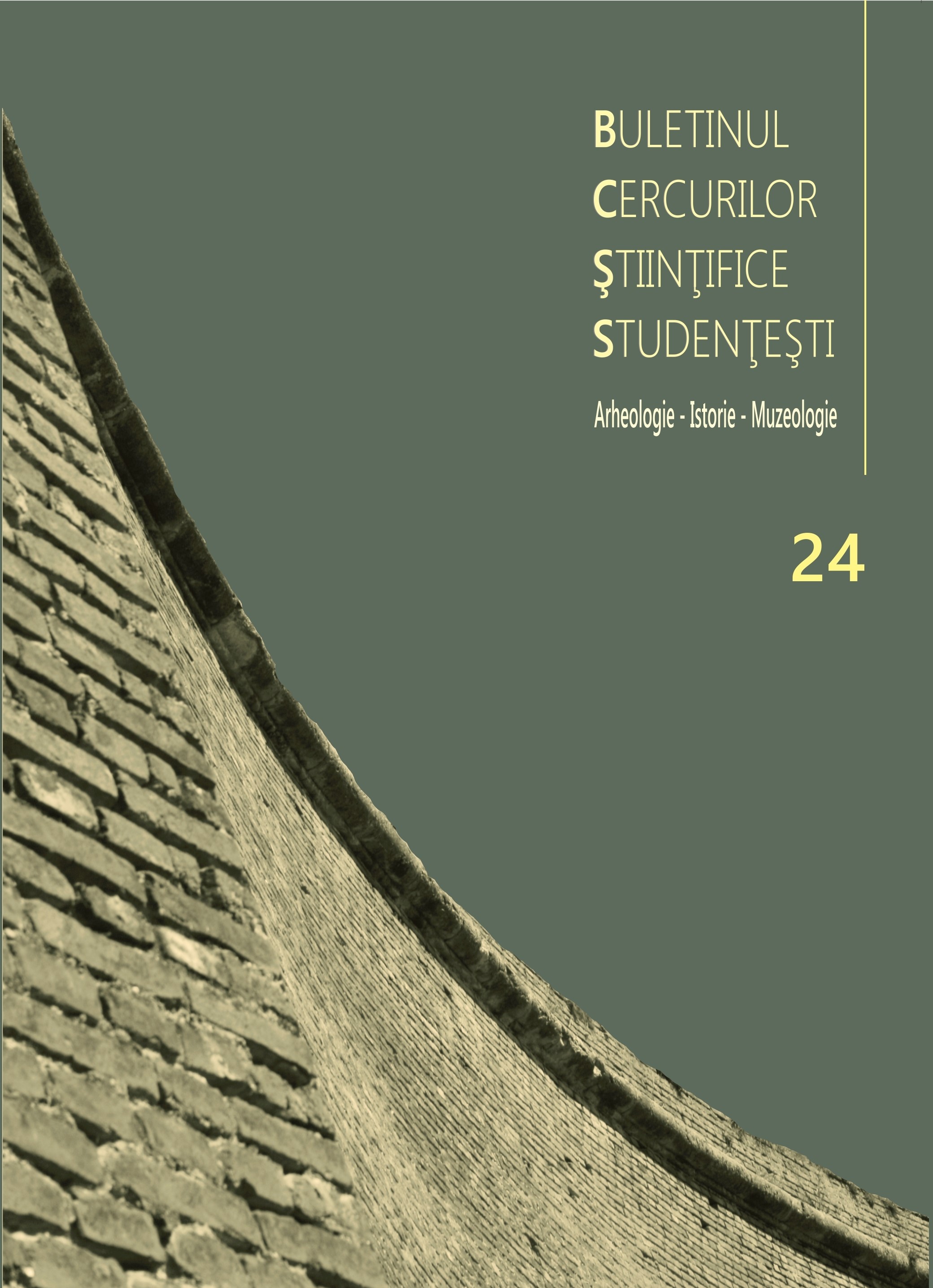Contribuții privind aprovizionarea cu apă în Imperiul Roman și în Histria
Contributions to the question of water supply systems in the Roman Empire and Histria
Author(s): Adrian-Marius VladuSubject(s): History, Archaeology
Published by: Universitatea »1 Decembrie 1918« Alba Iulia
Keywords: Roman water supply; Dobrogea; Istria; Cogealac; Fântânele;
Summary/Abstract: The hydraulic installations, and in particular the aqueducts had, for certain, played a basic role in the evolution and daily life of a Roman city. Every Roman settlement had at least one aqueduct that brought the needed water, sometimes from miles away from the city.The main purpose of this paper is to create an overview of the water supply of the old Milesian colony during Roman times. For a better understanding of the subject I have described a common Roman aqueduct by presenting all its possible components: the collecting basin (caput aquae); different types of conduits and materials: masonry conduits (specus), lead pipes (fistulae), ceramic conduits, stone and even wooden conduits were used for bringing the water in the city; the famous aqueduct bridges and siphons which were build in order to pass a valley; castellum divisorium situated at the edge of the city, from which the distribution to the consumers was made. In the pursuance of this matter, I have called upon examples from the whole Roman world as most of the described components, especially the bridges and the siphons, were not present on the hydraulic installations that brought the water to Histria.From the Roman period of the city (from the 2nd century AD) we have three attested aqueducts that brought water from three different sources: Fântânele, Istria and Cogealac. The aqueducts were of different types and various building materials were used for their construction. The ones from Istria and Cogealac were made from ceramic conduits, while the most important aqueduct, the one that brought water from Fântânele, was made from strong masonry and had the biggest capacity of all three, measuring 25 km long.The Histrian aqueducts fall within the general typology of Roman aqueducts. The working principle and the technology used in their construction are the same, the visible differences are pure aesthetic. The hydraulic installations of Histria lack the most spectacular structures encountered on the route of an aqueduct: famous bridges consisting of several rows of overlapping arches, or the reversed siphons used to cross very deep valleys. However, their practical, functional role of bringing water to the city, was successfully achieved.
Journal: Buletinul Cercurilor Științifice Studențești
- Issue Year: 24/2018
- Issue No: 1
- Page Range: 99-126
- Page Count: 29
- Language: Romanian

